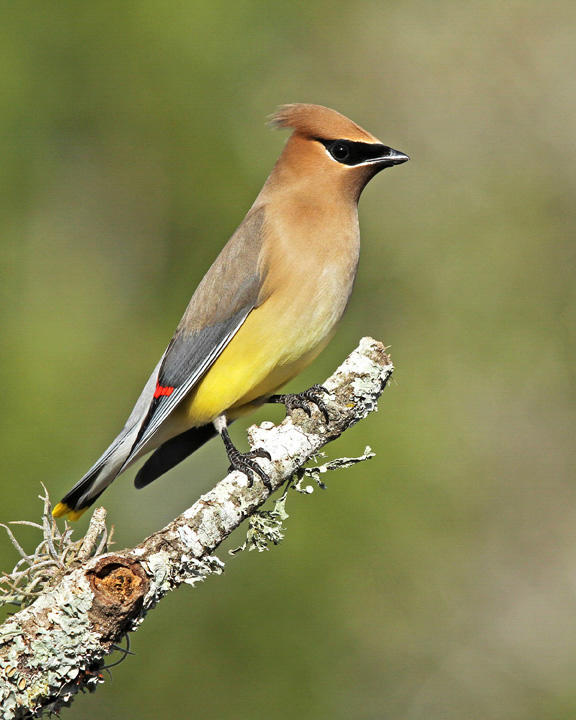Engaging in voluntary service at the Wildnest Rehabilitation Center has been both a privilege and an educational journey. My experiences there have provided unique insights into avian diversity, notably through encounters with drastically different bird species such as the American woodcock and waxwing. At first glance, the American Woodcock seems like an unusual bird, notably due to its prominent beak and ground-dwelling nature, often requiring a pile of leaves for comfortable rest. In stark contrast to the peculiar appearance of the American Woodcock, the waxwing emerged as the most striking bird I encountered at the rehabilitation center. Its silky-looking feathers, adorned with vibrant yellows and bright reds make it stand out from the other birds.
The beginning of April marks baby bird season and has presented invaluable opportunities to actively participate in the care and rehabilitation of vulnerable avian populations. Engaging in tasks such as hand-feeding and nurturing these fledglings has given me a sense of stewardship and responsibility toward wildlife conservation. Conversely, challenges have also arisen, serving as a reminder of the threats faced by avian species in the wild. The majority of birds that have been admitted to the rehabilitation center have suffered injuries due to window or car collisions, resulting in neurological damage that impairs their ability to stand or fly properly, often with devastating consequences. Last week, I encountered a bird so severely injured that it could barely move, prompting the rehab team to make the difficult decision to euthanize it, recognizing that its chances of recovery and survival in the wild were slim. Witnessing such heartbreaking situations has been a sobering reminder of the fragility of wildlife and the importance of conservation efforts to mitigate human-induced threats to their well-being.
*The following image is found on Google Images and not taken at the rehab facility*

^ Waxwing
^ American Woodcock

Hi Diane,
Thank you for sharing your volunteer experience with the Wildnest Rehabilitation Center. I enjoy hearing about how this opportunity has presented itself as a privilege and educational opportunity for you. I never knew about the American Woodcox bird. The sharp peak makes the bird look very adaptable for survival in nature. The bird looks super cute and really soft. The like the color contrast the bird shows. I wonder if the colors change during each season or if its correlated to the weather depending on if its hot or cold outside.
I didn’t realized it was baby bird season. It is also prime time for Native plants as well because most plants starting to grow and can be planted around this time as well. The is a positive correlation for the birds because they will be able to eat plenty fruits or insects that start to blossom from each native species. This shows the value of a food chain! Also, that is scary to hear about baby birds being admitted into the facility from car collisions. These birds are young so they don’t have much time to develop or learn from prior experiences. Its unfortunate that these birds are messed up so early in their life span, because it will keep them impaired for a long amount of time. I’m sorry to hear that the bird from last week that had to be euthanize. I know that was not an easy decision to make. It makes me think about the struggle some animals go through and the struggle my family and I went through my our dog was sick and we had to make a decision to regarding her life span as well. I was deeply sadned by it as well because we had her for 10 years.
Hi Diane,
It is such a great experience as I can see from your updates at the Wildnest Rehabilitation Center. I have never realized how intense and threatening avian species have to face in wildlife. Such an unfortunate for them to encounter those injuries. I hope that more birds could be saved and recovered with the help that you have provided.
Mina